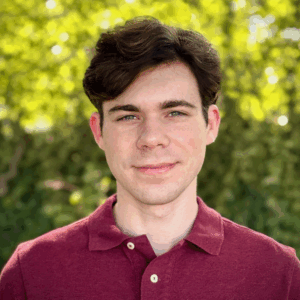
Alexander K. (Alex) Franks
Fall Avoidant Control with Cortico-Cerebellar Loops During Learning of Locomotion
2025–2026
Brain and Cognitive Sciences
- AI for Healthcare and Life Sciences
Seethapathi, Nidhi
The neural computations underlying gait adaptation to environmental conditions remain poorly understood. Recently, computational models have captured locomotor adaptation behavior by specifying objectives like energy minimization and symmetry. However, these models and their hypothesized objectives have not been linked to the underlying neural computations. I will design a spiking neural network model of cortico-basal ganglia-thalamo-cortical loops, the cerebellum, and brainstem, to provide a neural grounding for these computational models. I will use Artificial Neural Networks Architect as a framework for running SNNs. This research aims to provide a computational framework to model the neural basis of neuromotor disorders, rehabilitation, and their influence on locomotor adaptation.
I am participating in SuperUROP because after taking neuroscience and machine learning classes, I am excited to apply what I have learned to building models of neural circuits. I am interested in applications of neural algorithms to both improve deep learning methods and design brain computer interfaces for rehabilitation. The SNN simulation data analysis I will gain experience with are important for these applications.
